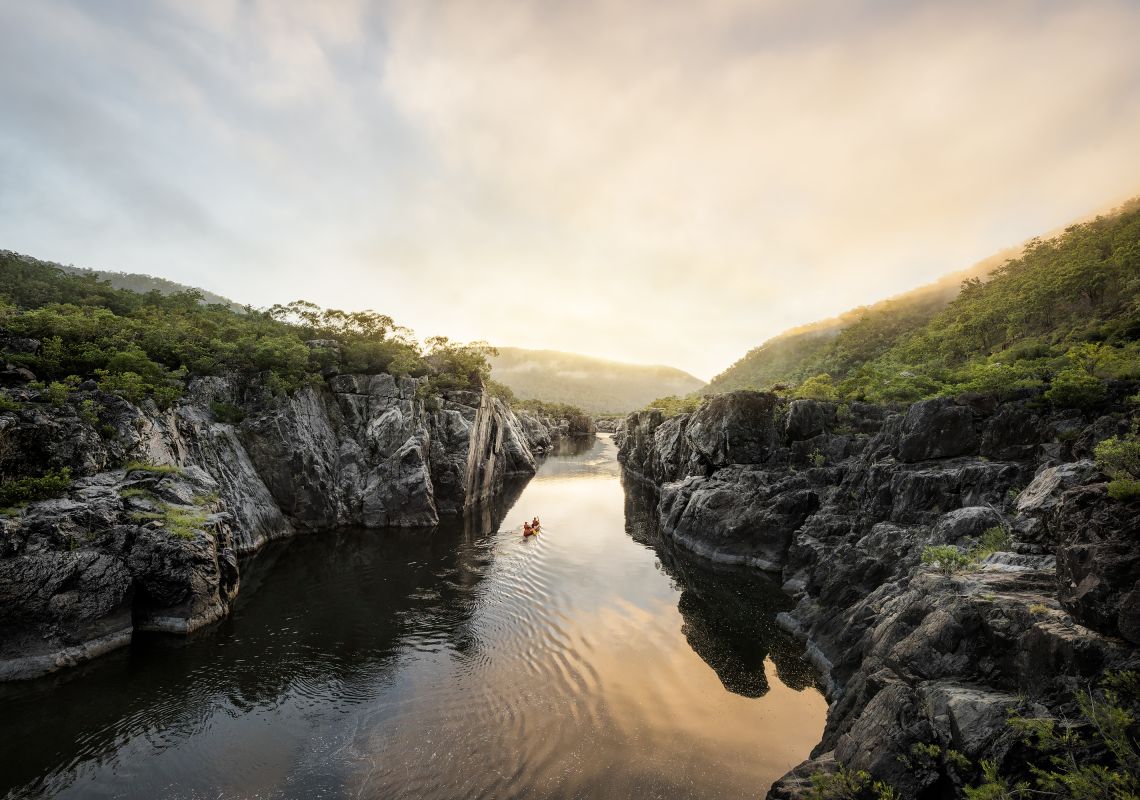Clarence River

Nestled in the scenic landscapes of New South Wales, Australia, the Clarence River flows as more than just a body of water; it is a cultural lifeline that has sustained communities and shaped identities for millennia. From the rich traditions of indigenous peoples to the legacies of European settlers and modern conservation efforts, the Clarence River holds a deep cultural significance that continues to resonate today. In this comprehensive exploration, we delve into the multifaceted reasons why the Clarence River is culturally important, uncovering the layers of history, heritage, and diversity that make it a cherished symbol of Australian identity.
I. Indigenous Heritage: Guardians of the Land
The cultural importance of the Clarence River begins with its indigenous heritage, as the river and its surrounding lands have been home to Aboriginal peoples for thousands of years. For indigenous communities such as the Yaegl, Gumbaynggirr, and Bundjalung, the river is not just a physical feature but a sacred entity woven into the fabric of their cultural identity. The Clarence River provided sustenance, transportation, and spiritual nourishment, serving as a gathering place for ceremonies, storytelling, and connection to the Country. Today, the cultural significance of the Clarence River to indigenous peoples is reflected in their ongoing efforts to preserve and revitalize traditional practices, language, and knowledge systems.
II. European Settlement: Shaping the Cultural Landscape
The arrival of European settlers in the 19th century brought significant changes to the cultural landscape of the Clarence River region. With the establishment of towns, farms, and industries along its banks, the river became a focal point for economic, social, and cultural development. European settlers brought with them their own customs, languages, and traditions, which blended with those of the indigenous peoples to create a rich tapestry of cultural diversity. The Clarence River served as a conduit for the exchange of ideas, goods, and people, shaping the identities of the communities that grew up along its shores.
III. Economic Hub: Driving Cultural Exchange
As the Clarence River region developed into an economic hub in the 19th and 20th centuries, it became a melting pot of cultures and influences from around the world. Industries such as timber logging, agriculture, and shipping brought people of diverse backgrounds together, fostering a spirit of innovation, collaboration, and cultural exchange. Towns such as Grafton, Maclean, and Ulmarra became bustling centers of commerce and culture, where residents from different ethnicities and walks of life lived and worked side by side. The Clarence played a central role in facilitating this cultural exchange, serving as a gateway to the wider world beyond its banks.
IV. Environmental Conservation: Preserving Cultural Heritage
In recent decades, there has been a growing recognition of the cultural importance of the Clarence River in the context of environmental conservation. Organizations such as the Clarence Environment Centre and Landcare Australia have worked to protect and preserve the natural heritage of the river basin, recognizing that cultural and ecological sustainability are deeply intertwined. By safeguarding the health of the river and its surrounding ecosystems, these conservation efforts ensure that the cultural significance of the Clarence remains intact for future generations to cherish and enjoy. The river has 24 tributaries, including the Mann, Nymboida, Cataract, Orara, Coldstream, Timbarra, and Esk rivers, and flows primarily south, south-east, and north-east.
V. Recreational and Cultural Activities: Celebrating Diversity
The cultural importance of the Clarence River is also reflected in the recreational and cultural activities that take place along its shores. Events such as the Grafton Jacaranda Festival, the Maclean Highland Gathering, and the Yaegl Cultural Festival showcase the diverse heritage and talents of the communities that call the Clarence region home. From music and dance to arts and crafts, these celebrations bring people together to celebrate their shared cultural identity and appreciation for the natural beauty of the river and its surroundings.
VI. Tourism and Education: Sharing Cultural Stories
Tourism plays a significant role in promoting the cultural importance of the Clarence River, as visitors from around the world come to explore its scenic beauty and learn about its rich heritage. Cultural tourism initiatives such as indigenous heritage tours, historical walking trails, and eco-cultural cruises offer opportunities for visitors to engage with the cultural stories and traditions of the river region. By sharing these cultural narratives, both indigenous and non-indigenous residents alike contribute to the preservation and promotion of the Clarence’s cultural importance for generations to come.
Conclusion
In conclusion, the Clarence River holds a deep and multifaceted cultural significance that resonates with indigenous peoples, settlers, and visitors alike. From its role as a spiritual and economic lifeline for indigenous communities to its status as a hub of cultural exchange and celebration, the river has shaped the identities and experiences of those who have lived along its banks for centuries. As we continue to navigate the waters of the Clarence, it is essential that we honor and preserve its cultural heritage, ensuring that its stories and traditions endure as a testament to the enduring connection between people and place.
Know More about the Clarence River.
What are The Religious Places of the Clarence River?
When Did The Clarence River Basin Become a Focus?
Where is The Clarence River Located?
Who Were The Key Historical Figures and Civilizations of The Clarence River?
How to Reach Clarence River?




